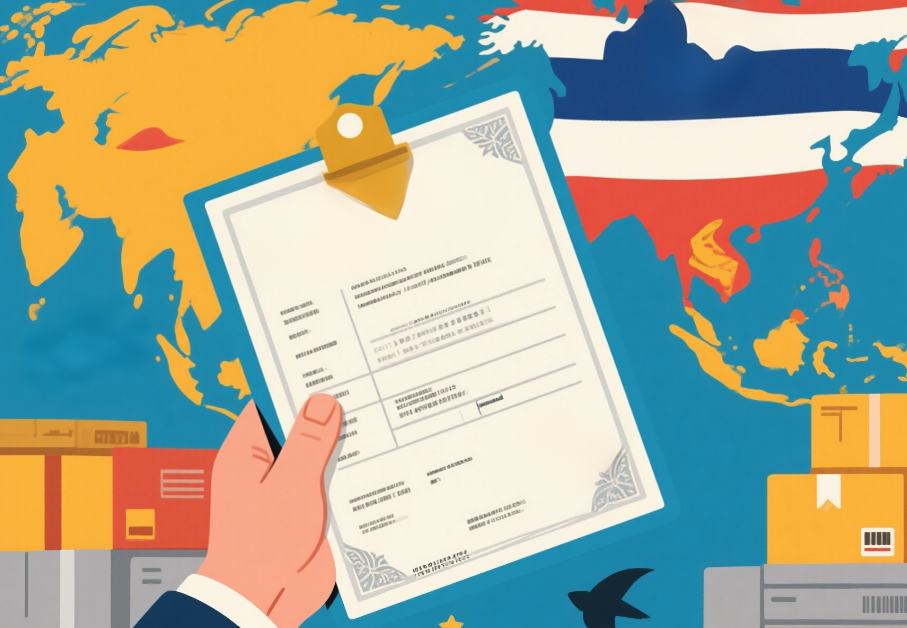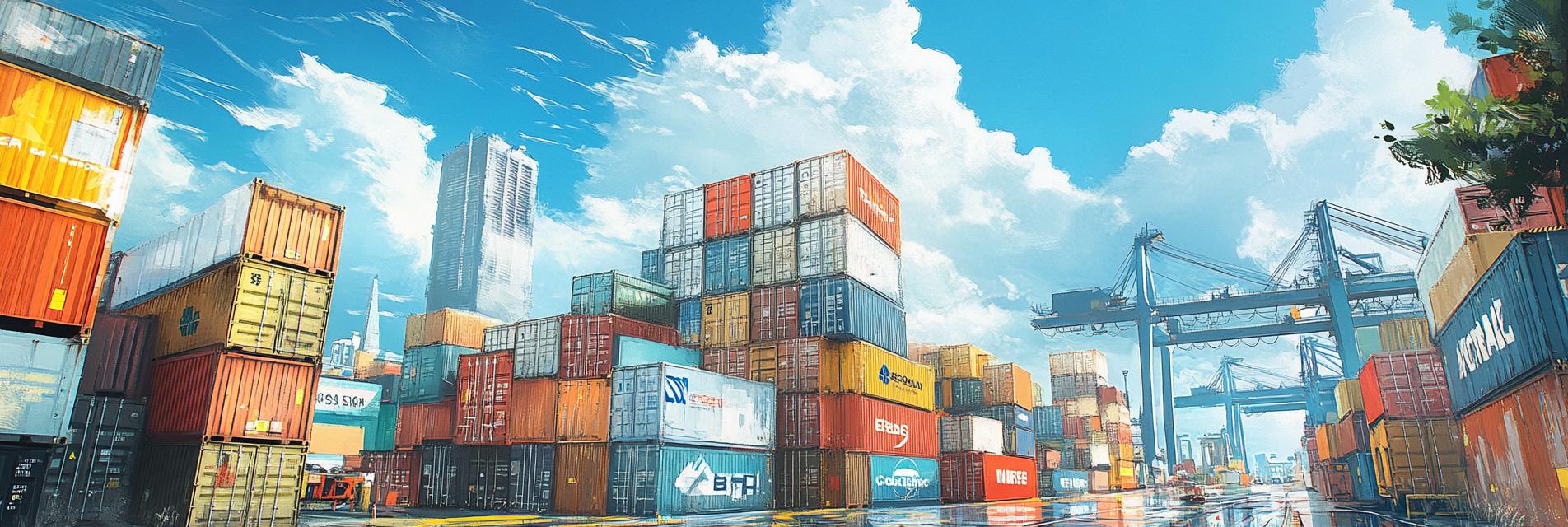
This tutorial guide focuses on the final step in the international trade process - document preparation and settlement. It delves deeply into the relevant knowledge of document preparation and settlement, providing comprehensive and practical guidance for foreign trade practitioners to facilitate the smooth completion of international trade transactions.
Document preparation and settlement play a crucial role in international trade. According to a survey, over 80% of international trade transactions involve complex documentation processes. These documents not only serve as evidence of the transaction but also ensure that both parties fulfill their obligations. For example, proper documentation can prevent disputes and delays in payment, which are essential for maintaining a healthy business relationship between the exporter and the importer.
There are several types of documents involved in document preparation and settlement, such as commercial invoices, bills of lading, packing lists, and certificates of origin. Each document has its own specific filling requirements. For instance, a commercial invoice should include details like the description of goods, quantity, unit price, and total amount. A bill of lading serves as a receipt for the goods and evidence of the contract of carriage. The information on these documents must be accurate and consistent to avoid any discrepancies.

There are various settlement methods in international trade, including letter of credit (L/C), telegraphic transfer (T/T), and collection. The L/C method provides a high level of security for both the exporter and the importer. The process involves the issuing bank, the advising bank, and the beneficiary. When using T/T, the payment is transferred directly from the buyer's bank to the seller's bank. However, it is important to note that different settlement methods have different risks and costs. For example, L/C may involve higher fees but offers more security, while T/T is more straightforward but may carry a certain degree of risk.
During the process of document preparation and settlement, several common problems may arise. One of the most frequent issues is document discrepancies. According to statistics, about 30% of L/C transactions face document discrepancies, which can lead to delays in payment or even non - payment. To solve this problem, exporters should double - check all documents before submission and ensure that they comply with the requirements of the L/C or other settlement methods. Another problem is the change in exchange rates, which can affect the final settlement amount. To mitigate this risk, companies can use hedging strategies.
Let's take a practical case as an example. Company A, an exporter in China, sold a batch of electronic products to Company B in the United States through an L/C settlement method. Company A prepared all the necessary documents, including a commercial invoice, bill of lading, and certificate of origin. However, there was a small discrepancy in the description of goods on the commercial invoice. The issuing bank in the United States rejected the documents initially. Company A quickly corrected the error and resubmitted the documents. Eventually, the payment was successfully settled. This case shows the importance of careful document preparation and the ability to handle document discrepancies in a timely manner.

In conclusion, mastering the skills of document preparation and settlement is essential for foreign trade practitioners. By understanding the importance, document types, settlement methods, and how to solve common problems, you can ensure the smooth progress of international trade transactions. If you want to learn more about international trade and document preparation and settlement, please leave your contact information, and our experts will provide you with more in - depth guidance and support.
.png?x-oss-process=image/resize,h_100,m_lfit/format,webp)
.png?x-oss-process=image/resize,h_100,m_lfit/format,webp)

.png?x-oss-process=image/resize,h_100,m_lfit/format,webp)
.png?x-oss-process=image/resize,h_100,m_lfit/format,webp)
.png?x-oss-process=image/resize,h_100,m_lfit/format,webp)
.png?x-oss-process=image/resize,h_100,m_lfit/format,webp)
